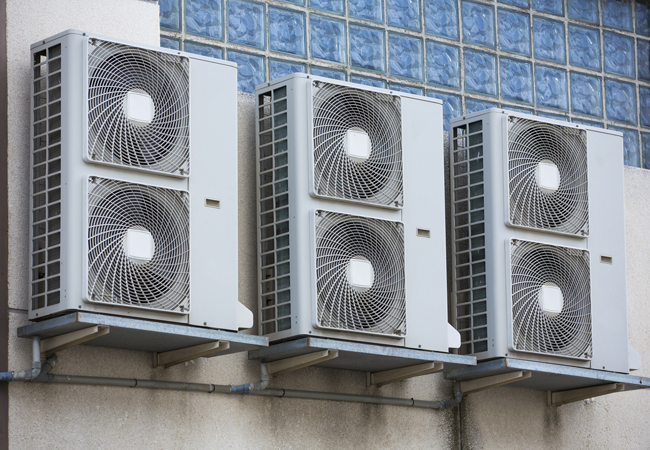
The European F-Gas Regulation, enacted to reduce the amount of global-warming gas in the atmosphere, will not be workable unless increasing amounts of flammable alternatives for air conditioning and refrigeration projects are used, claims the British Refrigeration Association (BRA).
Its president, John Smith, told a briefing at the British Library that to achieve the ‘significantly lower’ global warming potential (GWP) targets in the legislation, the industry must ‘face up to the need to make use of these fluids and understand the implications [of using flammable substances]’.
Discussions are under way with the Health and Safety Executive (HSE) to clarify safety concerns about the use, storage and transportation of these gases. A new refrigerant classification – A2L – has also been created to differentiate between levels of flammability.
Smith explained that hydrofluoroolefins (HFOs) were the only pure compounds with a very low GWP, and ‘significantly less flammable than current Class 2 and Class 3 refrigerants’. ‘The F-Gas regulation will require the use of refrigerants with significantly lower GWP to meet phase-down requirements,’ he said. ‘While HFO blends can be made non-flammable, there will always be a GWP penalty.
‘The F-Gas Regulations will not work without the introduction of A2L refrigerants – and the biggest challenge will be in air conditioning, where there is no non-flammable alternative to [popular gas] R410A.’
Many manufacturers now offer A2L refrigerants as alternatives to most HFCs – the subject of a major global phase-down announcement (see above).
However, Smith pointed out that A2L refrigerants were not suitable for retrofit applications, so end users would have to invest in new equipment and the industry – develop new skills.




